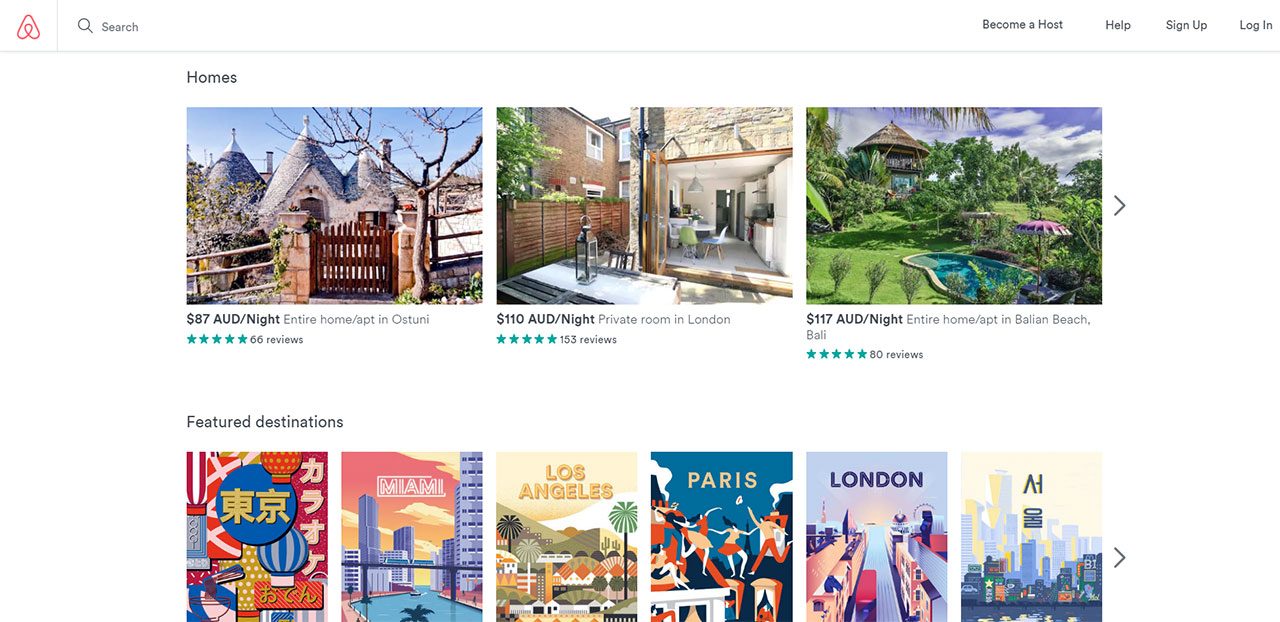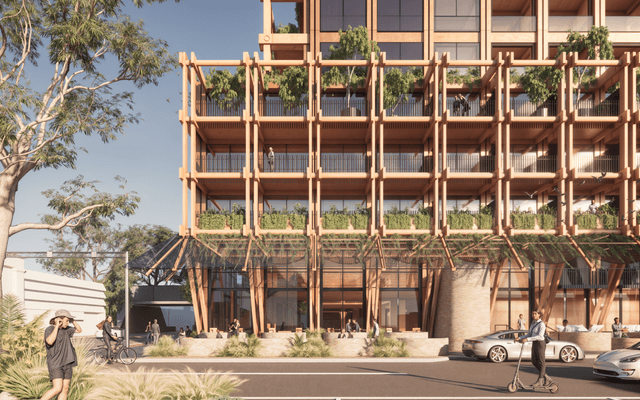This article is from the Australian Property Journal archive
BANNING or restricting short-term rentals is unlikely to make a meaningful impact on the housing market, according to new research, but it will negatively impact the tourism and events sector.
However, the long-term solution, the research authors say, is more supply.
A report from PAR Group, Short Terms Rentals A room for who?, by Damian Stone of Y Research and Rob Ellis of The Data App, found that short-term rentals account for around 1.2% of national housing stock, and using Master Builders Association’s prediction of 170,000 homes being built in 2023 financial year, would only add around nine months’ supply to the national housing stock.
Empty dwellings, meanwhile, account for more than 10% of Australia’s 11 million dwellings.
The supply and demand imbalance is also driving up rents. Australia is expected to welcome 715,000 migrants over the 2023 and 2024 financial years, while the National Housing and Finance Investment Corporation forecasts there will be a shortage of at least 100,000 homes in Australia by the end of the decade. The research authors said could be even greater given production constraints emerging in the building industry such as builders going into administration and labour and materials shortages.
“Banning or restricting short-term rentals is unlikely to make a meaningful impact on the housing markets, but will negatively impact the recovering tourism/events sector,” the researchers said.
“The long-term solution to the housing shortage and reducing the pressure on rental growth is increasing housing supply, whether that is public or private, houses or apartments.”
The report lands as the Victorian government mulls a tax on short-term rentals, such as Airbnbs, and hotel stays, potentially of up to $5 per booking to address the state’s housing crisis. There are nearly 60,000 rooms available across the state and the tax could bring in millions, and the government has suggested a tax on these properties would boost supply in the long-term private rental market. The changes are part of a broader housing package that could also include a cap on landlords exercising rental uplifts at once every two years, and possible caps on increases.
Stone and Ellis said that short-term rentals attract a 73% price premium over hotels, while even on an annual occupancy of just above 50%, short-term rentals can deliver returns of 38% higher than long-term rents.
“This price premium helps to explain why a proportion of investors have moved their properties to short-term over long-term rentals, despite strong rental growth from long-term letting,” they said.
“While moves to regulate short-term accommodation, such as night caps or licensing, may temporarily ease the supply shortfall, it will not resolve the long-term supply/demand imbalance. A reduction in the number of days permitted for letting is likely to increase rental prices further, as properties are reserved for school holidays, Christmas and New Year and major sporting/cultural events.”
The research closely looked at 11 major metropolitan and regional tourism hotspots across mainland Australia, including Bondi, Manly and Coffs Harbour in NSW, St Kilda and Geelong in Victoria, Fortitude Valley and Townsville in Queensland, Western Australia’s Fremantle and Busselton and South Australia’s Glenelg and Barossa Valley.
Based on advertised properties, short-term rentals were priced at an average of $336.50 per night, and hotel rooms at $194.70.
Short-term rentals represent about 29.5% of tourist accommodation supply, with about 8,000 hotel rooms available in the reviewed markets.
“The rise of short-term accommodation is strongly linked to Australian domestic tourism. Prior to the COVID-19 pandemic, tourism was a $166 billion industry in Australia. Over the course of the pandemic (March 2020 to June 2022), according to Tourism Research Australia, lost tourism spending was $153.6 billion. Tourism is picking and expected to return to pre-pandemic levels by 2027,” Stone and Ellis said.
“Short-term accommodation plays a key role in facilitating tourism, whether this be international travellers, music festivals, food and wine showcases or sporting events.”




